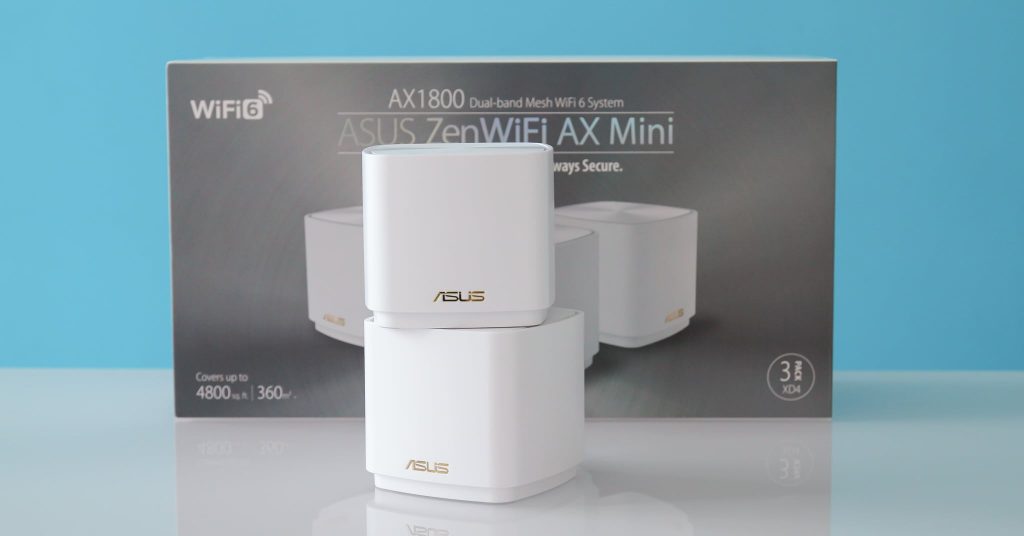
For a really long time, getting a good WiFi coverage means buying a high power wireless router. But, there’s only so much a single router can do due to regulations on transmit power. However, a mesh WiFi system combine the power of multiple WiFi access points to blanket your entire home with a strong WiFi signal.
ASUS is known for their top-of-the-line wireless routers with ridiculous specifications for the ultimate performance. ASUS also popularized their ROG Rapture Gaming Router with the signature 8 antenna design that inspired many brands to copy it.
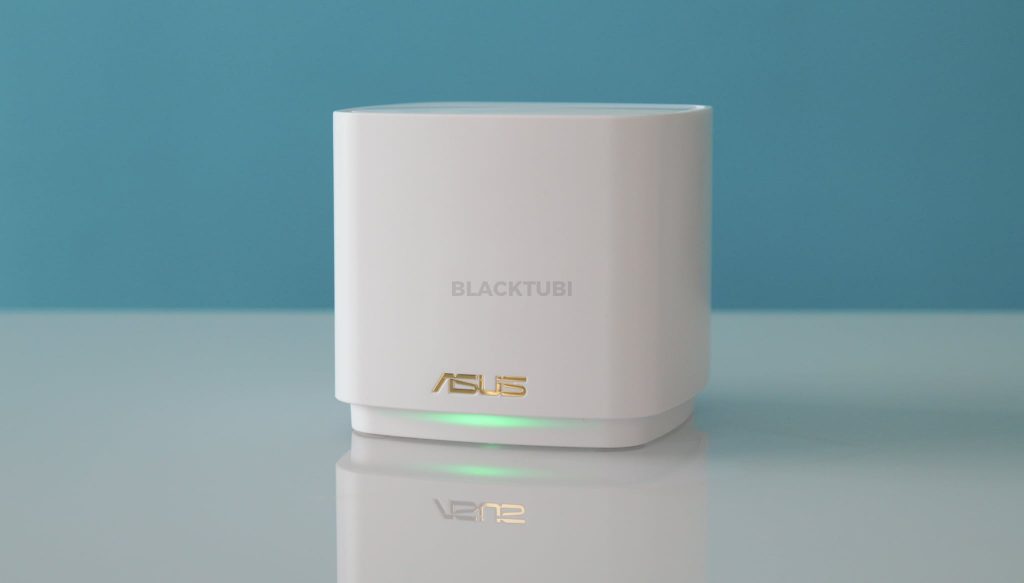
The latest ZenWiFi AX Mini (XD4) is much faster than ASUS previous entry-level mesh WiFi . It features Wi-Fi 6 support with a dual-band configuration up to AX1800. ASUS also improved the software which resulted in better stability. We think the name is a little longer so, we will just refer it as ZenWiFi XD4 in this article.
This isn’t ASUS first mid-range mesh WiFi system. In fact, ASUS was the first brand to sell Mesh WiFi system in Malaysia. However, the previous ASUS Lyra series really doesn’t perform all that well in reality. The ZenWiFi series is a total revamp and frankly speaking, it’s a different product lineup that uses AiMesh technology instead.
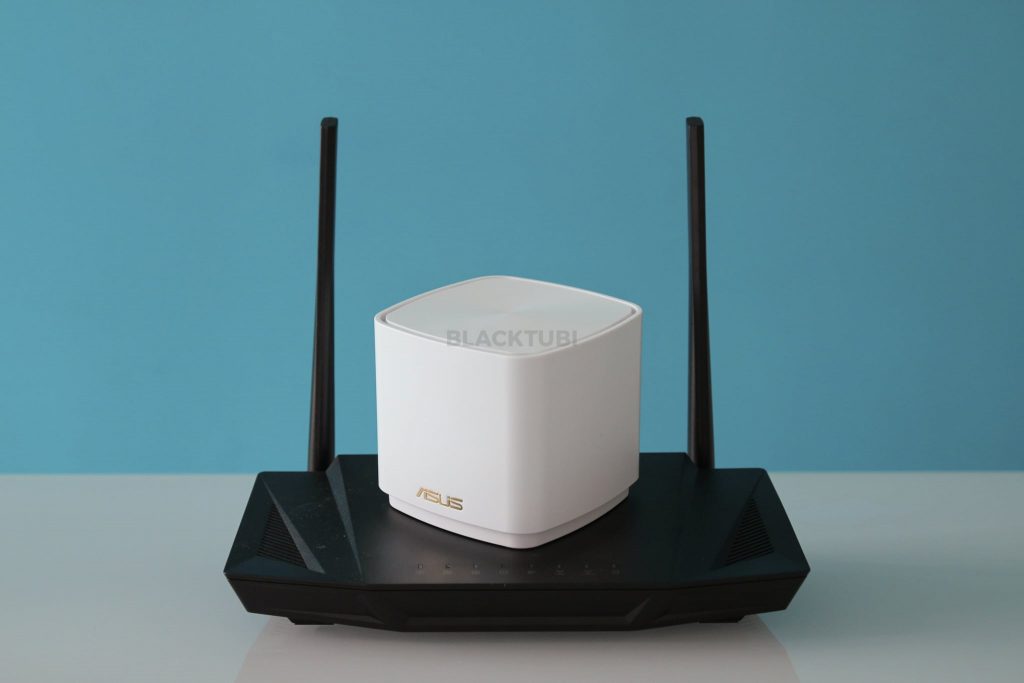
Right out of the box, the ZenWiFi XD4 feels refined and well designed. I’m surprised by how small the ZenWiFi XD4 is compared to other similar mesh Wi-Fi systems and ASUS’ own router products. Since it is now powered by ASUS propreitary AiMesh technology, it should work better as ASUS can control the whole softward and hardware optimization of the product.
Aesthetics wise, the ZenWiFi XD4 comes in either black or white and they will fit into most modern interior design. It comes with 2 antennas and they are hidden inside the plastic chassis of the product. Despite the smaller size, the WiFi coverage of each ZenWiFi XD4 is actually similar to ASUS RT-AX56U with 2 external antennas.
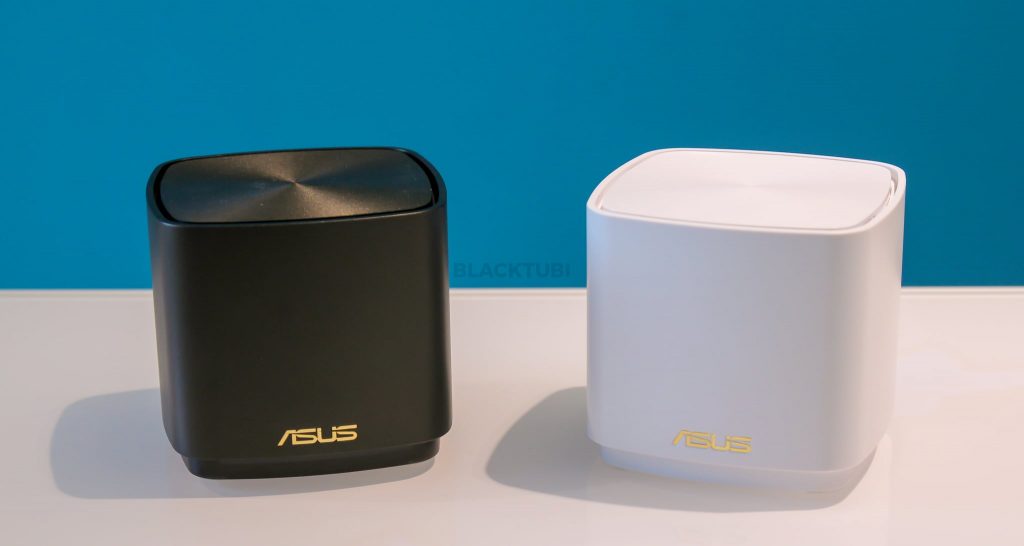
ASUS Malaysia sells the twin pack and the 3-pack here in Malaysia for RM888 and RM1288 respectively. They come with a 3 years one to one exchange warranty. ASUS claims the twin pack variant is good for up to 3300 sq ft and the 3-pack is good for up to 4800 sq ft coverage. It comes in either black or white color.
Hardware and Specs
| 2.4Ghz WiFi | WiFi 6 up to 574Mbps (2×2 40Mhz) |
| 5Ghz WiFi | WiFi 6 up to 1201Mbps (2×2 80Mhz) |
| CPU | Broadcom 1.5Ghz Quad-Core CPU |
| RAM | 256MB |
| Ports | 2x Gigabit Ethernet WAN/LAN on each unit |
ASUS ZenWiFi XD4 is a WiFi 6 system with all new WiFi 6 technologies like OFDMA for improved efficiency and faster WiFi link speed. It will also benefit older Wireless AC devices since the mesh WiFi will provide a stronger WiFi coverage for your entire home. Naturally, when the WiFi coverage is stronger, the speed and stability of the WiFi connection will improve even for older WiFi devices.
Performance wise, the ZenWiFi AX Mini XD4 uses the Broadcom 1.5Ghz Quad-Core CPU which is the same CPU used in the more expensive ZenWiFi XT8 that we reviewed recently. ASUS ZenWiFi XD4 is a dual-band mesh WiFi system which can support up to 1201Mbps on the 5Ghz WiFi network. The system will use the faster 5Ghz band as the WiFi backhaul most of the time and share it with the fronthaul network.
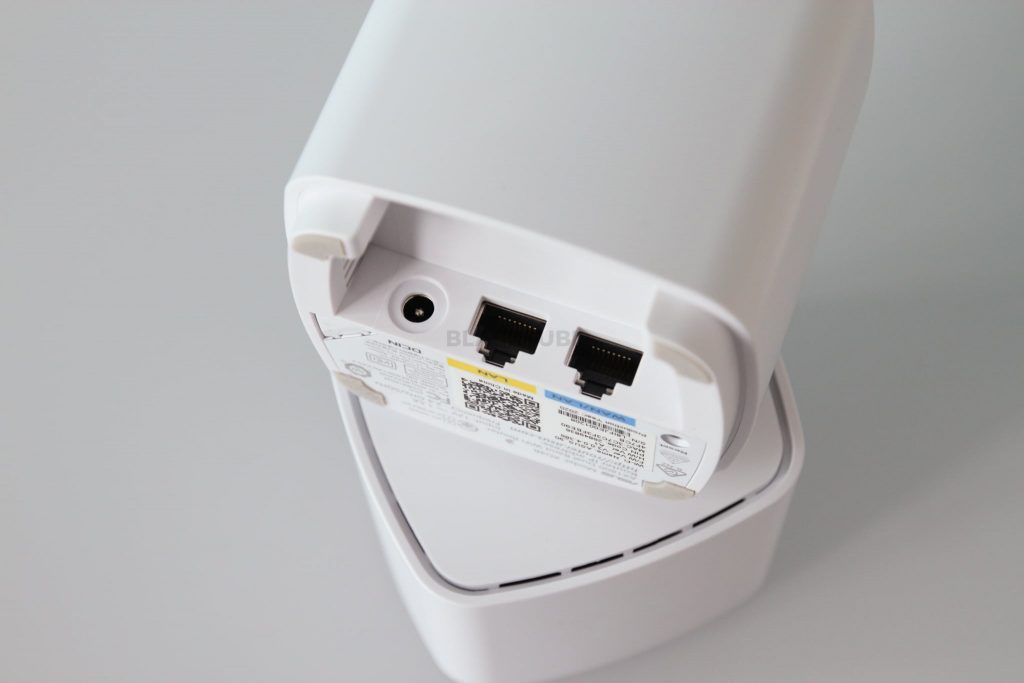
There are only 2 Gigabit LAN/WAN ports on each unit of the ZenWiFi XD4 like most mesh WiFi systems in the market. You’ll need to purchase a Gigabit switch if you need more ports. It’s also possible to configure the ZenWiFi XD4 into Ethernet backhaul mode or use the LAN ports on each unit to connect more devices.
Setup Process
The setup process for the ZenWiFi XD4 can be done with the ASUS Router app. Although setup using the web interface is still possible, I suggest using the app as the onboarding process works better. All units that come in the box are identical in specs and you can use any one of them to be configured as the mesh router.
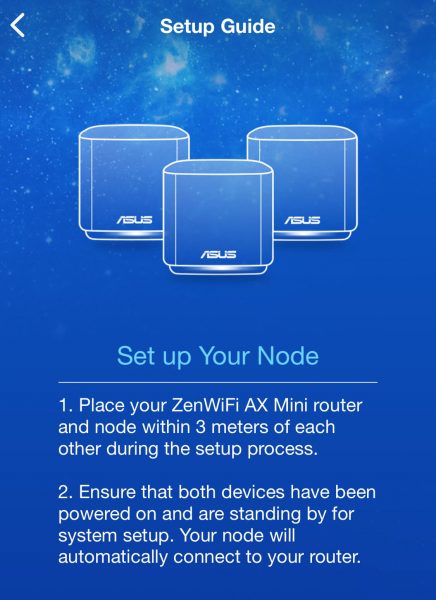
The system is designed to replace your existing router and to be connected directly to the modem from your Internet service provider. For Malaysians, you’ll probably need to obtain the PPPOE username and password from the service provider. The VLAN configuration is also required for Unifi and Maxis Fiber.
All units that come in the box are already linked from the factory. Once you setup any one of the units as the main mesh router, just simply switch on the remaining units and they will link with the main mesh router automatically within 10 minutes. I recommend only addind the mesh nodes once the main unit is fully configured as I find this to work the best in my test.
Mesh WiFi Performance
I installed the ZenWiFi XD4 in my apartment with a long rectangle layout. I’ve decided to compare this against the more expensive ZenWiFi XT8 from ASUS to see how big of a difference having a dedicated backhaul makes. My test device is going to be a Samsung Galaxy S10 with WiFi 6 capability.
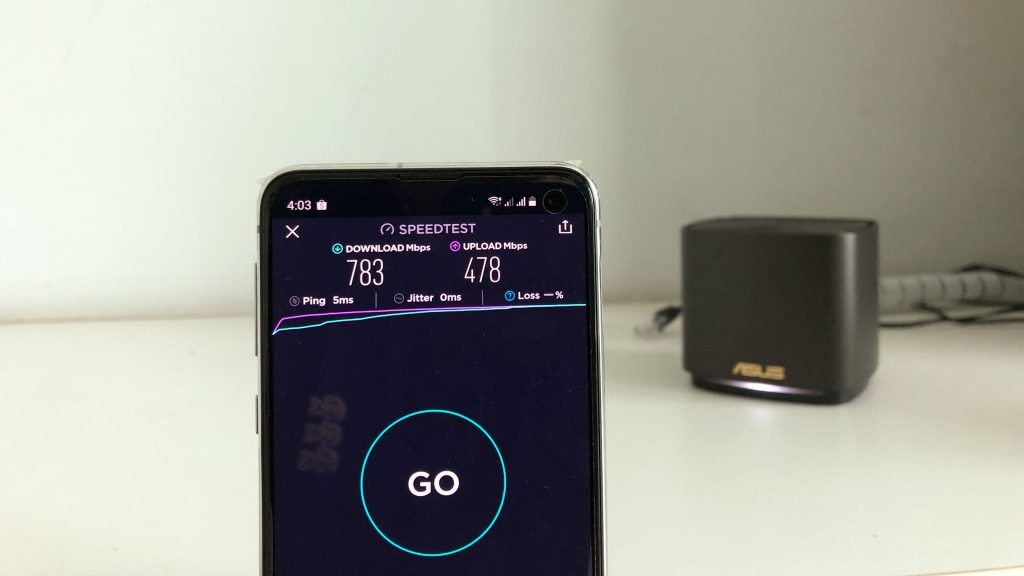
The first test we’ll do is to see what is the maximum speed possible on the ZenWiFi XD4 on our test device on a best case scenario at a really short distance. It managed to get close to 800Mbps on my Samsung phone when I am near to the router. Notice the tiny WiFi 6 logo displayed when connected to a WiFi 6 network.
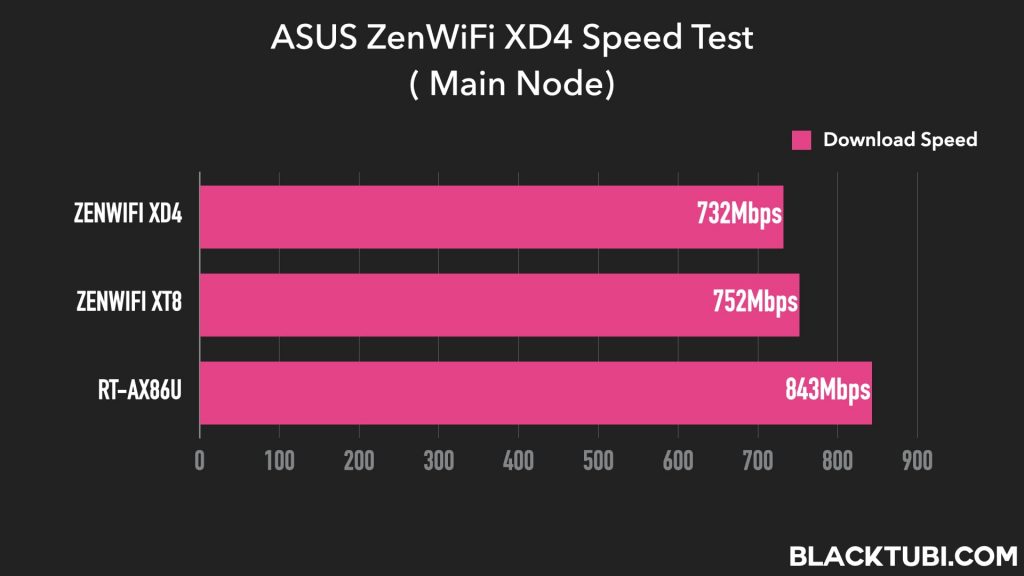
As good as WiFi 6 sounds is, the speed still depends on the signal stength of the router. After a 3m distance to the ZenWiFi XD4, the WiFi performance dropped to slightly less than 750Mbps. However, it’s worth mentioning that this is expected and on par with similar WiFi product in its class. I also included the comparison with a high-performance router from ASUS.
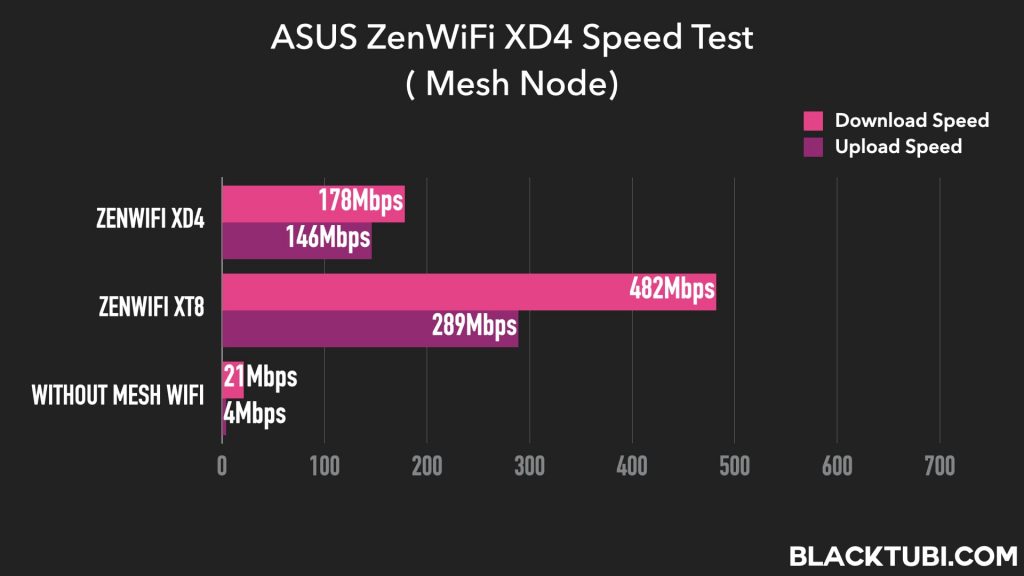
Does the ZenWiFi XD4 really help to improve WiFi coverage and WiFi speed? Yes, it definitely help as seen in our test result. The performance from the ZenWiFi XD4 can outperform even a more expensive ASUS RT-AX86U especially in a bigger house where one router is often not enough to provide a strong 5Ghz WiFi coverage. The speed from the ZenWiFi XD4 is already good enough fro most day-to-day usage such as 4K YouTube streaming and casual browsing.
Each unit also have a decent signal coverage so one unit on each floor is probably sufficient for most landed property. For those staying in an apartment, it will depends on the size and most importantly, the floor plan of your property. Condominiums are notorius for their thick doors which is bad for WiFi penetration.
Mesh WiFi Roaming
Now, let’s talk about roaming and this is probably the most important aspect for a mesh WiFi system after speed and coverage. ASUS added 802.11k/v roaming support to their ZenWiFi series which make the whole user-experience much better than the previous ASUS Lyra series of mesh WiFi system.
Although the system allow you to use a different WiFi name for both the 5Ghz and 2.4Ghz WiFi network, I will prefer just using the smart connect feature. Most of my devices do not have any issues switching the connected WiFi network automatically as I move around in the house. The AiMesh system is able to force a roaming event of my devices to a better client automatically.
Sadly, the 802.11r fast roaming standard is not supported on AiMesh. This means that the roaming experience wouldn’t be as good as a mesh WiFi system that supported it. However, ASUS told us that the feature is not included in order to support the latest WPA3 security protocol. The latest WPA3 standard does not include support for 802.11r fast transition.
Firmware and Features
Finally let’s talk about the firmware on the ZenWiFi XD4. You can control the mesh WiFi system by just using the ASUS Router app. Although the web interface is still available, I prefer the app as the interface is more user-friendly and easier to use. Generally, the app is pretty user friendly and of course, eye-friendly with the consistent dark mode design.
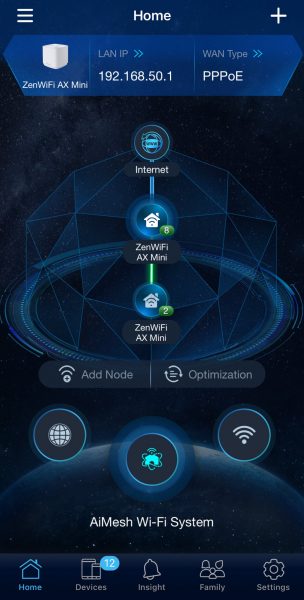
The homepage of the app shows the topology of the mesh WiFi network which is really helpful to visualize the health of the system. You should try to ensure the WiFi links between each unit are always on a decent level to achive the best WiFi performance. Ideally, each unit should be 1-2 walls apart from another unit.
ASUS added an optimization feature that can be used if you have more than 2 nodes in your mesh WiFi system. This feature will scan the entire network and optimize the mesh backahul pathway that will provide the best WiFi performance. I suggest using this feature from time to time as it will attempts to re-learn the network path for the fastest user-experience.
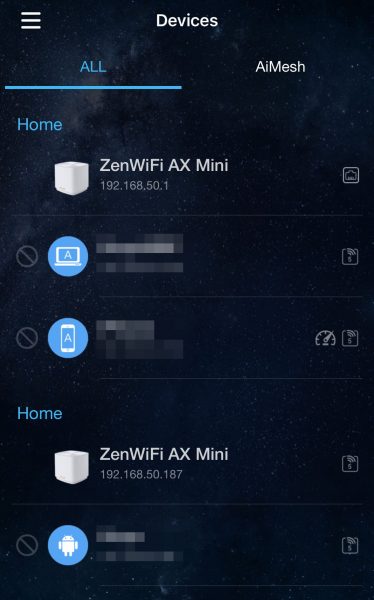
ASUS router app also shows the list of devices connected to each mesh unit and it even shows whether it is connected to the 2.4Ghz or 5Ghz network. You can click on each device to block their Internet acces or even configure a speed limit for that particular device.
Security wise, the ZenWiFi XD4 comes with AiProtection Classic which is an antivirus firewall that will prevent connected devices from accessing a website containing a virus or malware. Based on ASUS track record, we are confident that they will keep the firmware up to date with the latest security many years to come.
However, unlike other high-end ASUS models, the ZenWiFi XD4 only comes with the basic parental control feature. ASUS removed the content filtering feature, leaving the ZenWiFi XD4 with just a usage time limit and scheduling function. The ZenWiFi XD4 also do not comes with the AdaptiveQoS feature which allow applications priority function.
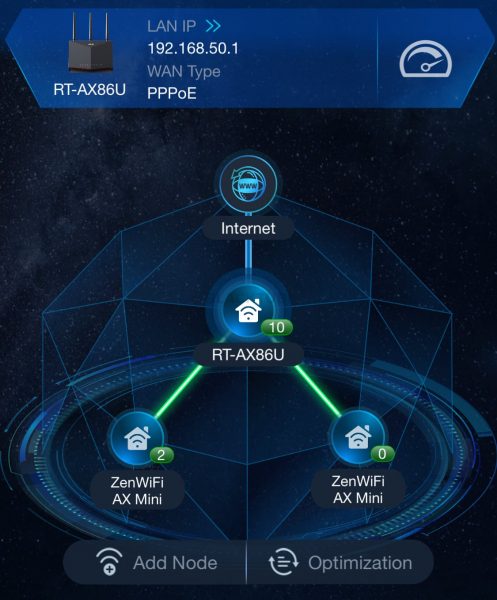
Lastly, the ZenWiFi XD4 is an AiMesh product which means it can work with other ASUS AiMesh router to form a mesh WiFi network. The beauty of this is it allows matching the ZenWiFi XD4 with other high-performance ASUS router to form a mesh WiFi system. It’s possible to use the ZenWiFi XD4 as mesh node with another router like the ASUS RT-AX86U.
In this situation, although the ZenWiFi XD4 is used as mesh node, my network retain all the features on the RT-AX86U such as the AdaptiveQoS feature and gaming booster. The network will also benefit from the faster Quad-Core CPU and able to support more devices thanks to the 1GB RAM on RT-AX86U. On an AiMesh system, the features that’s available will depends on the main router.
Closing Thoughts
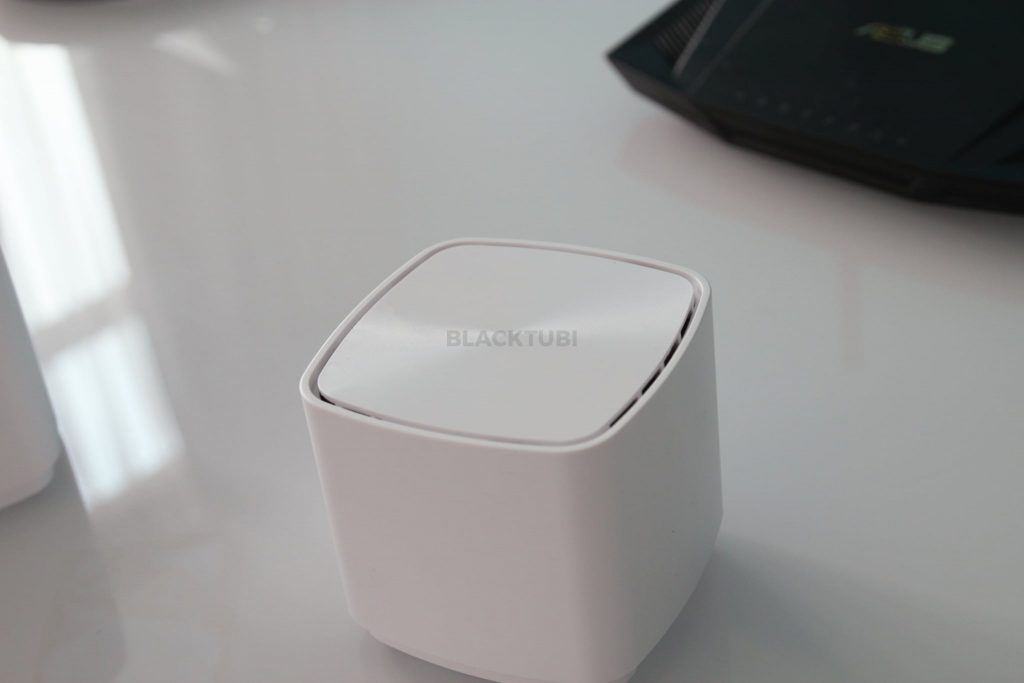
ASUS ZenWiFi XD4 is a great entry-level WiFi 6 mesh WiFi system. It’s significantly better than the previous ASUS Lyra with a more stable firmware and improved reliability. The speed is sufficient for most day-to-day usage such as 4K streaming and video conferencing.
Overall, the ZenWiFi XD4 is a great product for those looking for an ASUS mesh WiFi system. It has decent WiFi coverage despite the smaller size and good performance from the WiFi 6 AX1800 radio. Although it doesn’t come with all the features like the more expensive ZenWiFi XT8, that should be sufficient for most users.
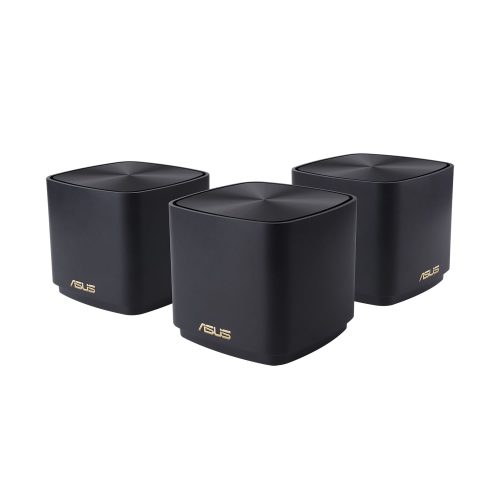
ASUS ZenWiFi XD4
8.6
Tubi Rating
PROS
- Faster and more reliable than previous ASUS Lyra Mesh WiFi
- Plenty of possible customization on ASUSWRT firmware
- Able to work with other ASUS AiMesh routers
- 802.11k/v roaming support
CONS
- Only 2 Ethernet ports on each unit
- No 802.11r fast roaming support

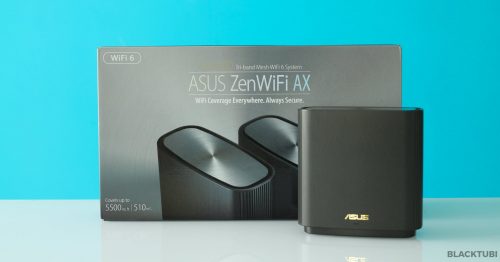
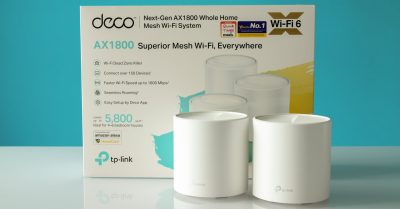
Hi Blacktubi,
Just wondering that will XD4 support the dedicated backhaul from XT8 if I were to get 1 pack of XT8 as the main router? and 3 packs of my XD4 as the nodes. If it doesn’t, which one would you suggest me of getting as a main router as I already owned 3 packs of the XD4 but the lowest floor getting about 50mbps, total of 4 floors, and main router now is at the second floor from the top, and nodes are placed each floor below it. My package is 500Mbps. Thank you
The ZenWiFi XD4 will be connected to the the second 5Ghz band of the ZenWiFi XT8 as backhaul. However, since the XD4 is just dual band, it won’t give anything faster than 300Mbps on the mesh node even in this situation. You need both the router and the mesh node to support Tri-Band in order to enjoy the full benefit.
Ahh so meaning xd4 it actually not a good router for 500Mbps? what would you recommend on getting as the main unit if I were to use 3 of them as a mesh node?
XD4 itself as a main router can give up to 800Mbps. But, if you are building a mesh WiFi and concerned about WiFi speed when connected to the mesh node. You need something that’s a lot more powerful.